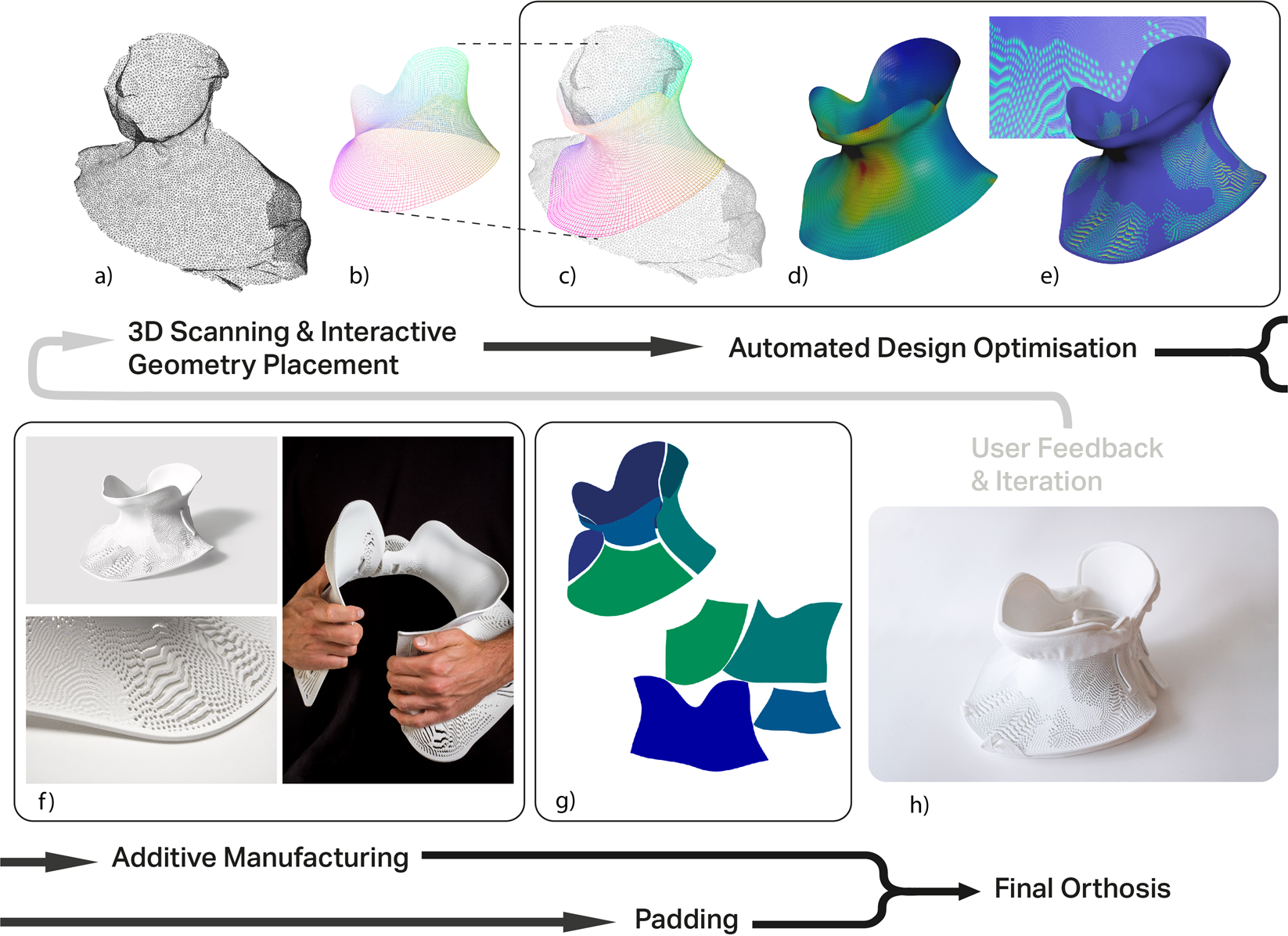

What’s next? Ready? Let’s go!ģD Systems has done a pretty bang on job of stepping you through the set-up process, asking just a few questions to get you the correct settings. So, with your object, scan work area setup and scanner ready.

If you’re going the turntable route, it’s also worth noting that the Sense has a standard camera tripod mount in its base. It’s also worth experimenting with a clean work area and perhaps a turntable.ĬDG (who supplied us with the review unit) sell a bundle that includes a turntable, but a cake decorating stand works - I’m sure those with workshop facilities could also knock one up with a few bits of ply and a spare couple of washers.

The Sense can, in the software, be configured to work on small or larger items and works with a specific field of view and distance from the device. To view an exclusive DEVELOP3D workflow on: First scan with the 3D Systems Sense device click hereĪnother factor to consider is the surrounding objects. If the lighting conditions are off, that can also have an effect (darker is better, in my opinion). If you’re done this type of work before, you’ll know these things, but it’s worth noting that the surface material (particularly its reflectance or lack of) can have a large influence on the quality of your scan - if the material is too light or too shiny, it reflects and scatters the light from the laser and creates poor quality data. Preparing your first scanĪs with all laser scanning devices, it’s worth spending a few moments discussing the optimal conditions and set-up for using a device like this.Īs with all optically-based scanners, the Sense uses a combination of a camera and laser strips to project, capture and triangulate points where the laser meets a physical object. Once that’s done you’re ready to get scanning. It’s worth jotting this number down so you can reinstall the device or download the software for another machine. One point to note is that you need to activate the device with 3D Systems and the install process gives you a code. I tested the unit (on loan from the Concurrent Design Group) using a Windows-based install, but a more recent software update has also brought Apple OS X support as well. Visit the URL that’s in the packaging, download the software and start the setup process. The set-up process for the Sense is pretty simple. It’s USB connected and plugs straight into your workstation (or a laptop might be more usable for larger objects). The Sense is a pretty nifty hand-held unit that’s about the size of a milk carton.


 0 kommentar(er)
0 kommentar(er)
